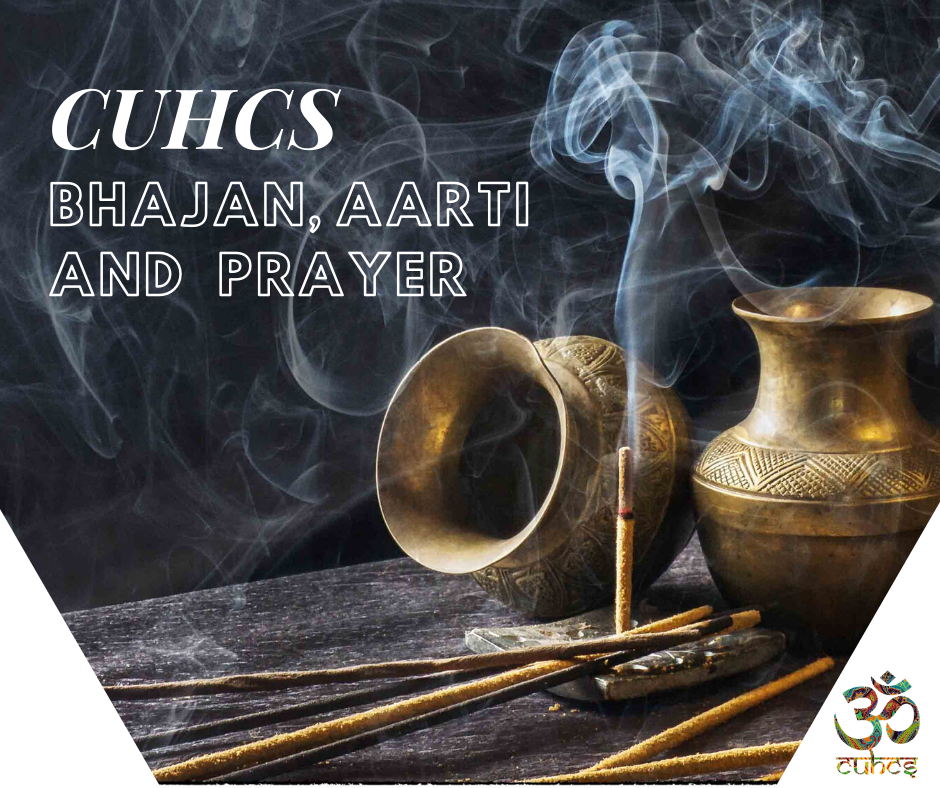
Sanskaar is at the heart of CUHCS. It encompasses everything we do to help Cambridge students and others in the wider community understand Hinduism in the 21st century and how we can practise Hindu ways of life in our daily lives. To help enrich our understanding, we do a number of things, including but not limited to:
• organising regular talks from both students and external speakers
• coordinating with other University Hindu Societies, such as Oxford, to broaden our learning outreach
• holding weekly satsangs followed student-led discussions on contemporary issues within Hinduism
• posting regularly on social media explaining the significance of important dates within the Hindu calendar
We have continued to spread awareness about the importance of learning throughout these socially distanced times, hosting virtual talks and maintaining social media presence. We are excited to be hosting many more learning sessions over the coming year, but we also welcome and value input from our members. If you have any suggestions about events you want run or even lead yourself, or if you would like to us to share something related to learning or Sanskaar on our social media pages, please let us know! Thank you.
